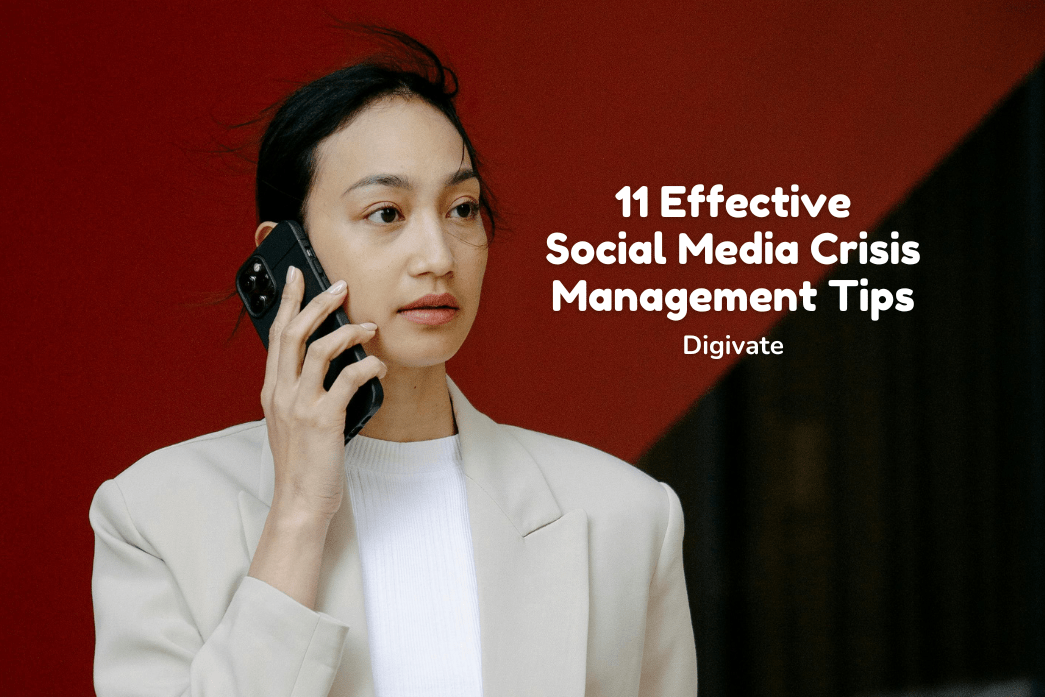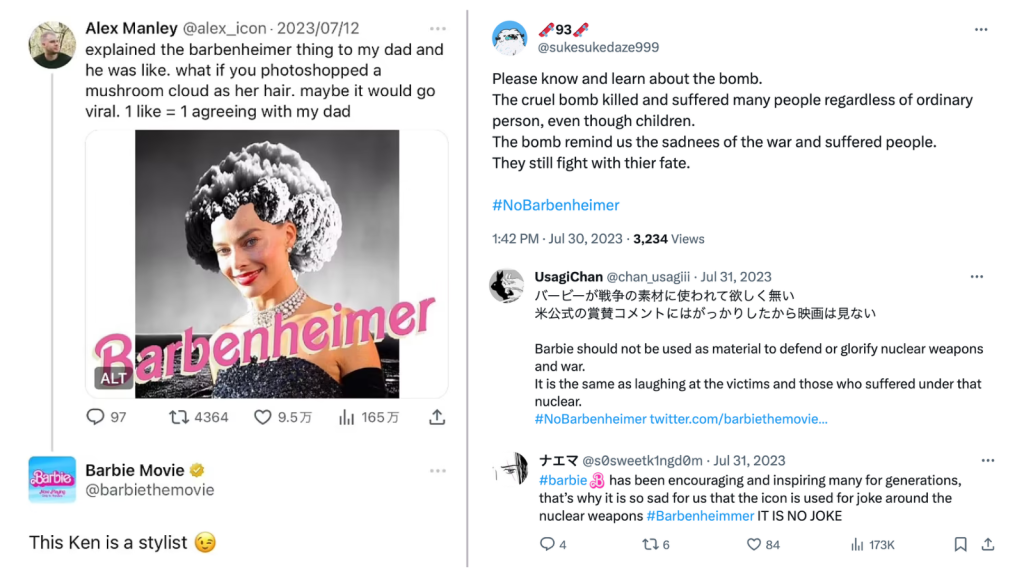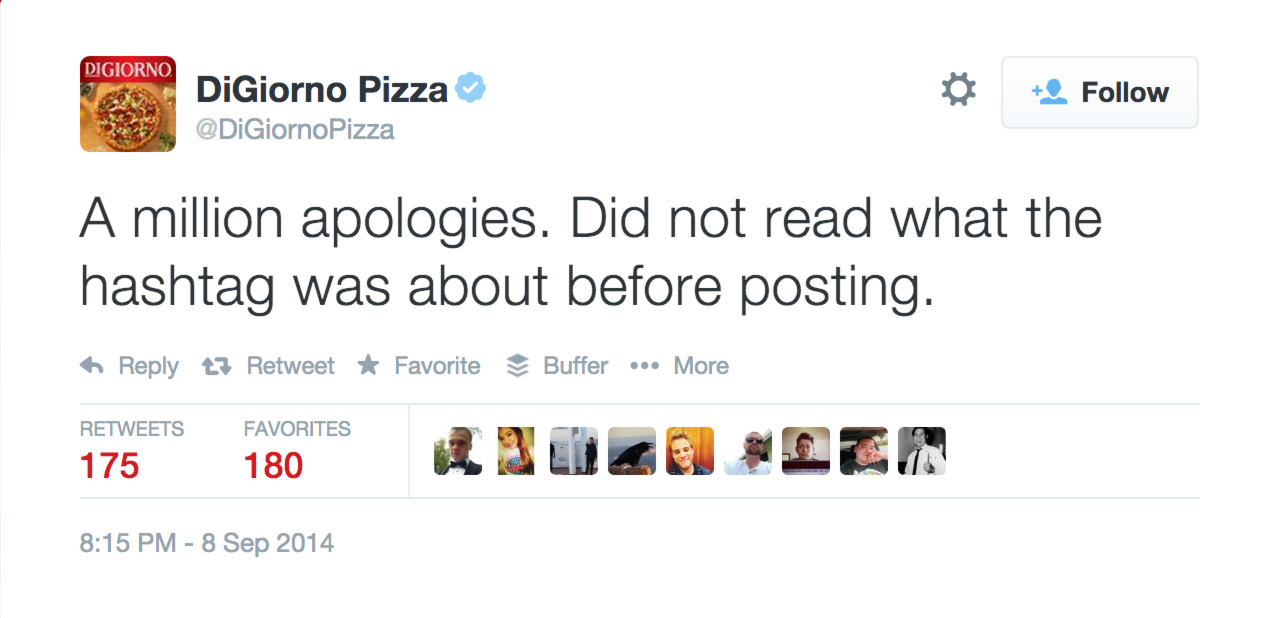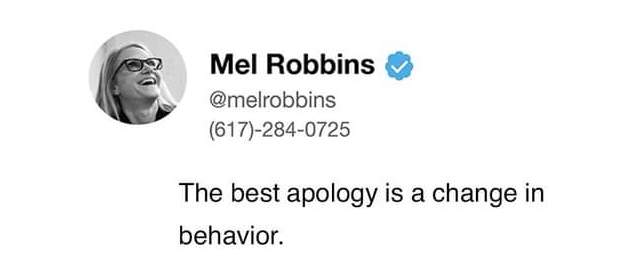
When you’re operating a dynamic social media strategy, it’s easy to get it wrong sometimes. And going viral for the wrong reasons is terrifying! But a social media crisis is an opportunity to show what you’re really all about and make a genuine connection with your followers.
So, how do you correct your brand image and restore customer loyalty?
In this blog post, we’ll explore effective social media crisis management tips with real-world examples to help your business act thoughtfully, fast.
1. Communicate with your key people
Create a social media crisis management plan and a crisis response team
Reacting to a social media crisis is much easier if you already have a team and an action plan in place. In a big company, this team might include representatives from PR, marketing, customer support, and your legal department.
As soon as you spot negative noise on your channels, communicate with this team. Make sure everyone is on the same page so you can put out a consistent message if the situation spirals into a social media crisis.
Warner Bros. and Barbie received a significant backlash from Japanese followers after engaging with posts related to the #Barbenheimer trend. Using the hashtag #NoBarbenheimer, fans accused the production company of making light of the horrors caused by the atomic bomb. They also threatened to boycott Barbie the movie.

The company took a cross-channel approach demonstrating solid communication across teams. First, they made a statement from the Japanese Barbie the Movie Twitter account and then they issued a press release from Warner Bros.
Barbie went on to scoop almost $4mn at the box office in Japan.
2. Respond as soon as possible
Make an initial statement on social media to show you care
It’s important to make a statement as soon as possible so your followers don’t feel ignored or think you don’t care.
This can be a simple message of acknowledgement and apology, like this tweet from DiGiornio Pizza. You’ll follow up with a more thorough response in the coming days!

3. Choose the right tone of voice
Effective crisis management on social media involves gauging the mood
The right tone of voice is crucial in all social media marketing but especially in a crisis response. Brands have run incredible crisis response campaigns with all kinds of copy: self-deprecating, sombre, silly. But you need to read the room.

If the crisis is that you’ve run out of chicken and Twitter is kicking off, a tongue-in-cheek apology can work. People were so amused by KFC’s ‘FCK – we’re sorry’ campaign that they accepted the jokey tone of the apology (and the lack of chicken).
When M&S went after Aldi’s Cuthbert the Caterpillar, the #FreeCuthbert hashtag built a huge following and encouraged the public to take Aldi’s side.
But any social media crisis that involves hurtful language or genuine wrongdoing calls for a serious tone of voice. Use plain language so that the message can’t be misinterpreted. And don’t be afraid of the word ‘sorry’.
4. Put your top faces front and centre
Responsibility goes all the way to the top in social media crisis management
Making the marketing intern or production team the fall guy isn’t a great look. In a social media crisis, a message from the company’s CEO or founder will carry a lot more weight.
When Chipotle faced a food safety crisis, they used videos featuring their CEO addressing the problem. He also made media appearances to spread the chain’s message of accountability far and wide.
5. Don’t be defensive
Apologise and remove the post, even if it’s been misconstrued.
Benjamin Franklin said, ‘Never ruin an apology with an excuse.’ A social media crisis may arise out of a genuine accident – you didn’t check the context for a hashtag or you scheduled a post with bad timing – but it’s always best to apologise for the hurt caused rather than insist you didn’t mean any harm.
Even though a 2023 M&S Christmas advert accused of picking sides in the Israel-Gaza conflict was filmed before the war began, the retailer removed the post and said sorry for any hurt caused.
6. Personalise your responses
Reply to social media comments and messages with a human touch
Don’t put out one post and expect everyone who’s contacted you to see it.
Do respond quickly to negative comments on all your channels and tailor each message to address individual concerns.
When Slack experienced a disruptive outage in February 2022, they issued an immediate apology and updated users on the situation every thirty minutes. They also responded to individual users, and the tone of the messages they were receiving quickly became a lot more friendly!

7. Use visuals wisely
Make a simple statement and get it out there
Visual content can be a powerful tool during a crisis, but it’s not the time to be flashy. Share visuals that convey empathy, sincerity, and commitment to resolving the issue.
You can’t go wrong with black text on a white background. Versace used this format for their apology after Chinese customers tweeted anger over a divisive T-shirt.
Versace included a version of the apology in Chinese to speak directly to the affected audience. They also made the message personal by including an image of Donatella Versace herself.
The Company apologizes for the design of its product and a recall of the t-shirt has been implemented in July. The brand accepts accountability and is exploring actions to improve how we operate day-to-day to become more conscientious and aware. pic.twitter.com/5K8u3c4Dbm
— VERSACE (@Versace) August 11, 2019
8. Partner with influencers
Get the message across in a way that speaks to your audience
Usually, simple is better when it comes to social media crisis responses. But after you’ve issued an initial statement, you might need to get creative with follow-up posts to get the message across.
Partnering with an influencer who resonates with your audience is a great way to do this. A trusted personality can provide a meaningful endorsement for your brand and convey your message more effectively.
When teenagers started eating laundry detergent pods as part of a viral social media challenge, Tide received some less-than-ideal attention.
They partnered with American Footballer Rob Gronowski to communicate a simple message: No no no no no.
Tide does not stand for this. Stop eating the pods. Do your laundry.
9. Do something practical
Communicate how you’re going to do better from now on
Often, words are not enough. Back in 2011, a traveller blogged about a horrific experience with Airbnb, and #RansackGate started trending hard. Airbnb knew they had to do more than say sorry.

Still in its early days at the time, the company launched a new trust-and-safety department and a 24-hour customer-support hotline. They also announced a damage guarantee of up to $50,000 for hosts.
The platform now has over 4 million hosts in more than 100,000 cities.
10. Adjust your social strategy for the next two weeks
Those scheduled posts might seem a tad insensitive in light of recent events
You’ve posted a heartfelt response on your social channels. PR has issued a press release. The public seems to be forgiving.
Time to go back to normal?
We think it’s best to ease back into your usual marketing activity:
- Reduce your ad spend until your target audience is more receptive.
- Move any blasé or excessively jolly scheduled posts back into your drafts.
- Work on social posts that convey your brand personality. This doesn’t need to be a sequence of comments about the *ahem* crisis – but it’s a good time to remind your followers who you are and what you’re about.

11. Learn and improve
How can you grow as a company and as a social media crisis management team?
Time for the post-mortem! Gather your team and ask yourselves what triggers led to the crisis, which crisis management tactics worked well for you and how you can do better or respond faster if something like this happens again.
Create two plans of action, one for crisis prevention and one for crisis management. Hopefully, you won’t need the second!
3 ways to avoid a social media crisis
Stop crises from occurring under your watch!
- Refine your review process to ensure all posts and comments on social media are approved by a manager
- Give your production teams, site staff, tech wizards and pretty much everyone who works for you a number to call if they identify a crisis in the making.
- Do more social listening. Someone should be assigned to track social engagement in real time every day and they should check all popular platforms, even ones you don’t use.

Are you ready to boss crisis management on social media?
A crisis is an opportunity to showcase your brand’s resilience and commitment to customer satisfaction. Respond fast, stay thoughtful and put your money where your mouth is.
Consider working with a social media marketing agency that can help you avoid faux pas, monitor your brand perception and increase trust in your brand. Reach out today to find out how we can support your internal marketing efforts!



